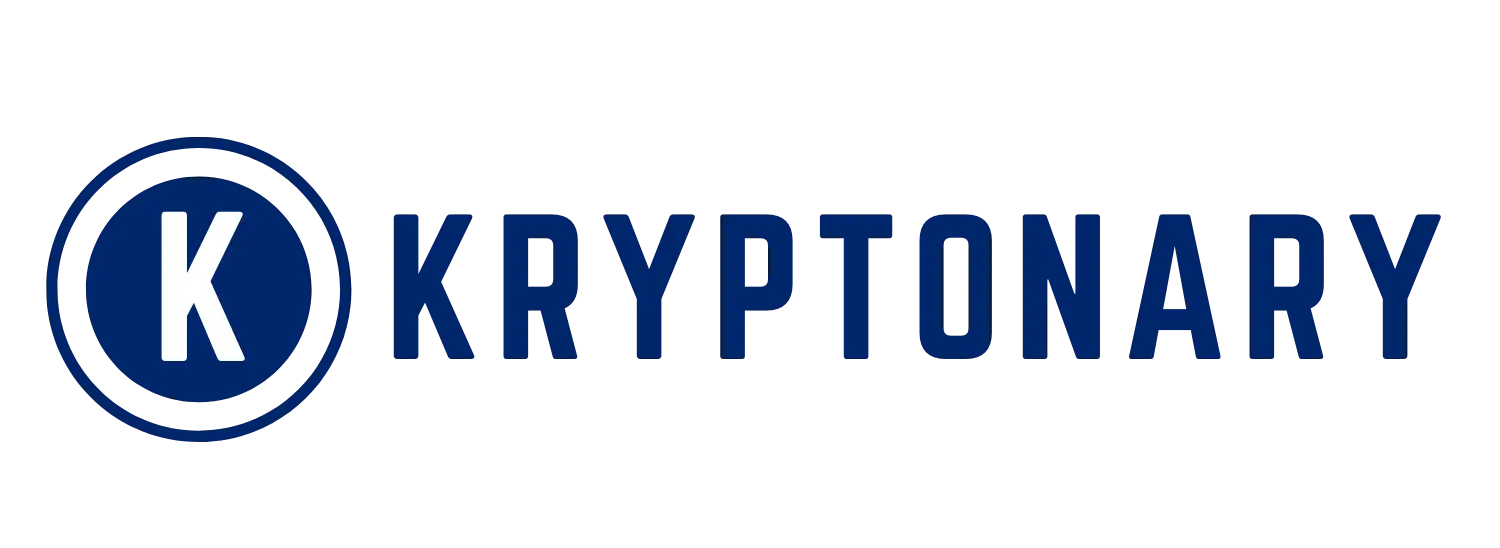Just this week, the American economy received some good news—it seems inflation became softer and settled on a 6-month low this March. This outcome, however, comes at an unusually precarious moment, a moment that is heavily simplified and overshadowed by the looming President Trump-imposed tariffs threat. The tariffs, which seek to reignite—or reshape—the global trade order as it currently stands, have the potential to reverse the once American achievement of curbing inflation and spike prices for American consumers.
A Brief Respite Yet Continuous Slowdown
The most recent report released by the Bureau of Labor Statistics (BLS) has revealed a dramatic slowdown in inflation levels. The Consumer Price Index (CPI), an important unit that gauges inflation, indicated prices have reduced by 0.1% from February to March. This is the first monthly price decline observed since May 2020, which brings temporary respite from the stubborn inflationary pressures. Yearly inflation also dropped to 2.4% in March.
Deviation From The Expectations: Economists
As seen via FactSet, economists had foreseen a weaker halt in the inflation jump higher with a 0.1 point mitigation in CPI this time around, but the actual CV figures were lesser than anticipated, which indicates inflationary momentum slower than recessionary pressures.
Energy Prices—A Significant Decreasing Force
One of the largest contributing factors to the decrease in the overall CPI was the energy prices. Although, it should be noted that some of this was caused by seasonal factors since prices usually increase in March. This year’s seasonal trend was offset due to low price increases because of the looming recession.
Food Prices—An Unabating Offensive
Even while energy prices fell to provide some relief, the cost of food rose further, which is a cause for concern in the economic landscape. The CPI cost of food increased by 0.5% relative to February, when it remained stagnant. This indicates that inflation continues to exist, and in this sector it may worsen the economic conditions for households.
Egg Prices—Impact of Avian Flu
In March, egg prices saw another steep hike, increasing by 5.9% from the previous month and 60.4% on a yearly basis. This is the result of the poultry industry still reeling from the effects of a devastating avian flu outbreak. The US Department of Agriculture has stated that some wholesale prices are starting to drop, but those declines have not yet reached retail prices.
Core Inflation: Beneficial Aspects
The CPI report gave new government sectors optimism on the core inflation side too. Core CPI, which excludes the more volatile food and energy prices, rose with a deceleration trend for the month by just 0.1%, translating to a 2.8% rate for twelve months. This is a sharp gain from the 3.1% core CPI in February. The “core” inflation of the economy is at its lowest for the past four years.
The Fed’s Dilemma: Not Allowing Inflation and Growth to Abstractly Rise Together
Economists from Fitch Ratings, Starting from the collapse of Northern Rock, geopolitical instability or natural disasters were considered key drivers, reserving sharp inflation particularly for core goods and services inflation. Focus was sustained until there was a rapid sequential surge in core inflation, which garnered the attention of many specialist reset thinkers. In any case, this scenario indeed might ease for the Fed, which was under pressure with the tight monetary policy with an interest altitude of 2% continuously. But those newly predicted aggressive tariffs from Trump alter the whole story.
Tariffs: An All-Inclusive Threat to the Consumer Prices and Economic Stability
Politically charged hasty decision-making and disregard for rational cost-benefit balancing principles pose a serious risk for the consumers who are reporting headaches and bothering inflation, catching up to the positive core inflation news that emerged. The first tracks of his aggressive tariffs, while trickling out here and there, are planned to straight off hurdle consumer prices. Higher prices along with added costs of imported goods will lower profit margins and raise the prices for consumers, as businesses usually impose the costs in quantity.
Pre-Tariff Measures and Their Consequences: Import Delays and Inventory Accumulation
The report also examines how businesses tried to mitigate impacts early on by heavily importing goods during January and February due to anticipated late tariffs.
The U.S. economy is the most pressing issues.
The U.S. has a major crossroads problem. The March CPI report provides a sigh of relief, but the enduring impact of Trump’s tariffs poses a looming threat to inflation. Months ahead will determine if the positive pattern in inflation will be sensitive to entitled price control imposed by Trump’s tariffs or if just Trumped consumers will face another price surge. It remains paramount how the Federal Reserve will adjust their policies in response to these developments and what the consequent economic outlook will be.














